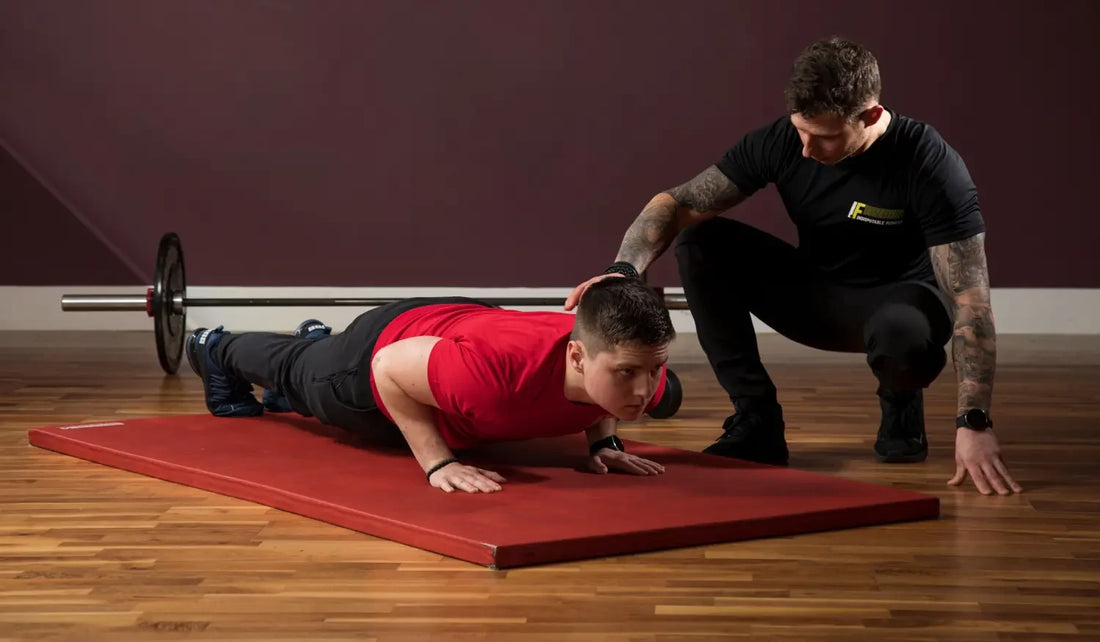
The Straight Path to Wellness: A Guide on How to Improve Posture and Reduce Back Pain
Share
In the digital age, where countless hours are spent hunched over screens, maintaining good posture has become vital—not just for appearance, but for optimal health and well-being. The benefits of proper posture extend far beyond aesthetics: aligning your spine correctly reduces unnecessary strain, prevents persistent back pain, and even aids in healthy organ function. In this blog post, you'll discover actionable techniques to improve posture and relieve back pain, empowering you to enjoy a healthier, more comfortable life.
1. Understanding the Importance of Good Posture:
Posture matters. Good posture is about much more than looking poised. Consistently keeping your spine aligned minimizes stress on muscles and joints, lowering your risk of chronic back pain and fatigue. Over time, improved posture supports better breathing, digestion, and circulatory health, enhancing overall quality of life.
2. Ergonomics in Your Work Environment:
Adjust your workspace. Crafting an ergonomic work area is essential for anyone who spends significant time at a desk. Ensure your monitor sits at eye level to prevent neck strain, and select an office chair with reliable lumbar support to preserve the spine’s natural curve. Investing in ergonomic solutions can lead to fewer aches, greater comfort, and sustained productivity throughout the day.
3. Strengthen Core Muscles:
Core strength is key. A solid core forms the foundation for good posture, giving your spine vital support and stability. Include exercises like planks, bridges, and other abdominal workouts in your regular fitness routine. The result is not only an upright posture but also reduced vulnerability to back pain and injury.
4. Practice Good Sitting Habits:
Sit up straight. When sitting, positioning your feet flat on the ground, keeping your knees level with your hips, and maintaining a straight back helps reinforce ideal alignment. Steering clear of crossing your legs for long stretches can also promote balanced posture and reduce muscle strain.
5. Stand Tall:
Mind your stance. Whether waiting in line or giving a presentation, distributing your weight evenly on both feet, relaxing your shoulders, and keeping your head centered ensures your spine remains elongated and neutral. Visualizing a string gently lifting you from the top of your head encourages sustained awareness of posture throughout the day.
6. Stretch Regularly:
Flexibility is key. Integrating stretching into your daily schedule addresses the muscles critical for good posture—like the hamstrings, chest, and hip flexors. Regular stretching preserves flexibility, reduces stiffness, and enhances mobility, all of which are crucial in preventing posture-related back pain.
7. Take Breaks and Move:
Move often. Staying in the same position—whether sitting or standing—can cause muscle fatigue and strain over time. Break up long periods of inactivity by briefly standing, stretching, or walking every 30 minutes. This simple habit not only relieves pressure on your back but also increases energy and focus, contributing to enhanced wellness.
8. Invest in a Supportive Mattress and Pillow:
Quality sleep matters. The right mattress and pillow play a critical role in maintaining spinal alignment through the night. Choosing options that suit your preferred sleeping position can help prevent the development or worsening of back pain, allowing you to wake up refreshed and ready to maintain good posture throughout the day.
9. Mindful Body Awareness:
Check in with yourself. Regular self-assessment of your posture can make a significant difference. Taking moments during the day to notice your alignment enables quick adjustments, fostering habits that protect against discomfort and chronic pain in the long term.
10. Consider Professional Guidance:
Seek expert advice. For those experiencing ongoing back pain or struggling to achieve correct posture on their own, consulting a healthcare provider such as a physical therapist or chiropractor offers personalized strategies. These professionals can design tailored exercises and interventions, speeding your progress toward lasting relief and improved posture.
Conclusion: A Posture Revolution for a Pain-Free Tomorrow
Taking steps to improve posture and reduce back pain is a gradual but rewarding journey. By integrating these evidence-based tips into your daily routine, you can actively support your spinal health and overall comfort. Consistency and mindfulness are key; small, deliberate changes add up to transformative results, helping you enjoy the benefits of a healthier body and a future free from unnecessary pain. Begin today—your well-being and quality of life truly depend on it.